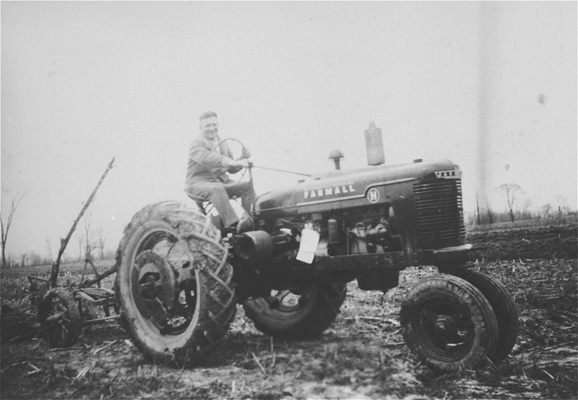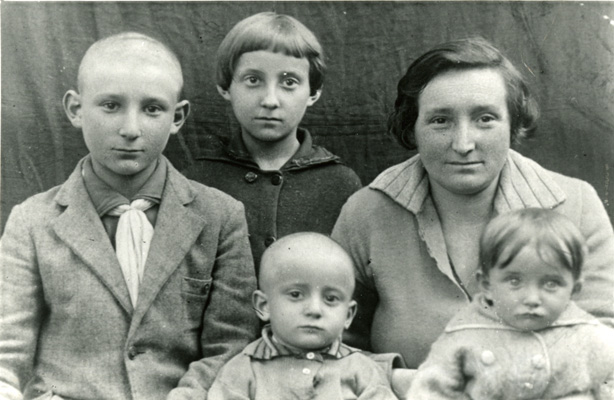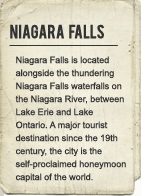The Second Wave
Other pioneers and founding families of the Niagara Falls Jewish community continued to arrive during the 1920s. Max (Motel) Gold came around 1913. He spent eight years in Toronto working at Tip Top Tailors. He married Anna during a visit home to Russia, and they had one son Sam, who was born in February 1914. Anna came with Sam to Niagara Falls in 1922. Abraham Gampel resided in Quebec after his arrival from Poland in 1905, starting his family there, and joined the community in 1920. Samuel (Shea) Greenspan, in turn, arrived from Poland around 1915. His brother Morris followed in 1927. Both Greenspan brothers established themselves as junk dealers.
In 1928, Morris brought his family to Niagara Falls. It was not easy for Jews to enter the country at this time, so Morris had immigrated as a “single” man. As a result, his wife Faige Bracha had to submit false documentation, which was prepared by the local rabbi in Poland, to the Canadian immigration authorities, stating that she was a widow with four children who wished to come to Canada to marry her fiancé. The Department of Immigration and Colonization approved the arrangement, which involved Morris providing the Department with a deposit of $500 and agreeing to meet his intended at the port and marry her as soon as she disembarked. She was then granted landed immigrant status with their children.
A new wave of settlers came to the Niagara Falls area just before the Second World War, some from within Canada, others from Europe. For instance, Hymie Bogomolny came to Niagara Falls in 1939 after spending a number of years in Cobalt, Ontario. He arrived with his wife Fanny and their two children, Yetta (Jennie) and Eddy, who were five and one years old respectively. His brother Abe -- who was a bachelor residing in northern Ontario and briefly Toronto -- joined him around that time. The full family was reunited when the third brother, Aaron and his family, moved from northern Ontario to St. Catharines in 1941. The Bogomolnys had entered Canada during the early to mid-1920s. However, a little later on during the pre-war years, it was nearly impossible for Jews to enter Canada. One of the few ways that Jews from Europe could be admitted during this time was by agreeing to farm on arrival. Thanks to this provision, the Weisz, Muller and Jeremiah families were able to immigrate in 1938-39, thus escaping the Holocaust.













